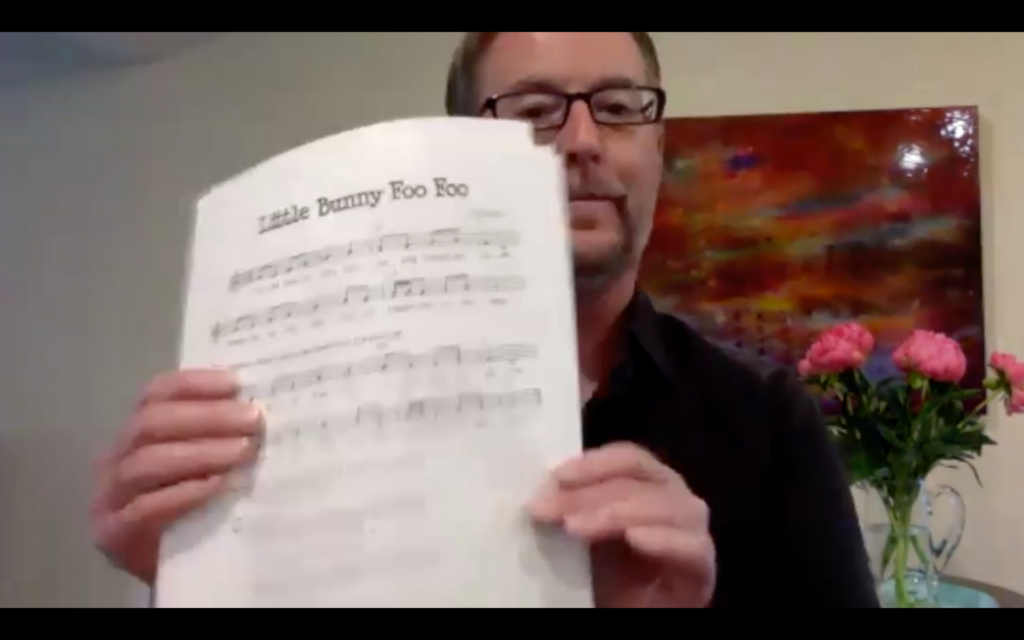Description of today’s session is below.
My iNaturalist observations for today.
Continue reading “Ecological spirituality workshop, day two”Yet Another Unitarian Universalist
A postmodern heretic's spiritual journey.
Description of today’s session is below.
My iNaturalist observations for today.
Continue reading “Ecological spirituality workshop, day two”I’ll be leading a workshop on ecological spirituality at Ferry Beach Conference Center in Main this summer. One of the ecological spiritual practices I’m going to explore with participants is keeping some kind of nature journal. Although most nature journals focus on musings and emotions, it’s also possible to keep a nature journal rooted in the practices of field biologists. An example of the first type of journal might be Henry Thoreau’s early journals, where he relates his philosophical musings to his observations of the natural world. An example of the second type of journal might be Henry Thoreau’s later journals (1853 and later), where his close observations of the natural world lead to deeper insights into non-human organisms.
I’ve found lots of books and online resources that tell how to keep the first type of journal, but it’s more difficult to find accessible books and resources that teach people how to keep the second type of journal. So I wrote an eight-page introduction to the topic to share with the participants in the upcoming workshop. Click on the image below to read a PDF of “A Field Journal for Naturalists.”
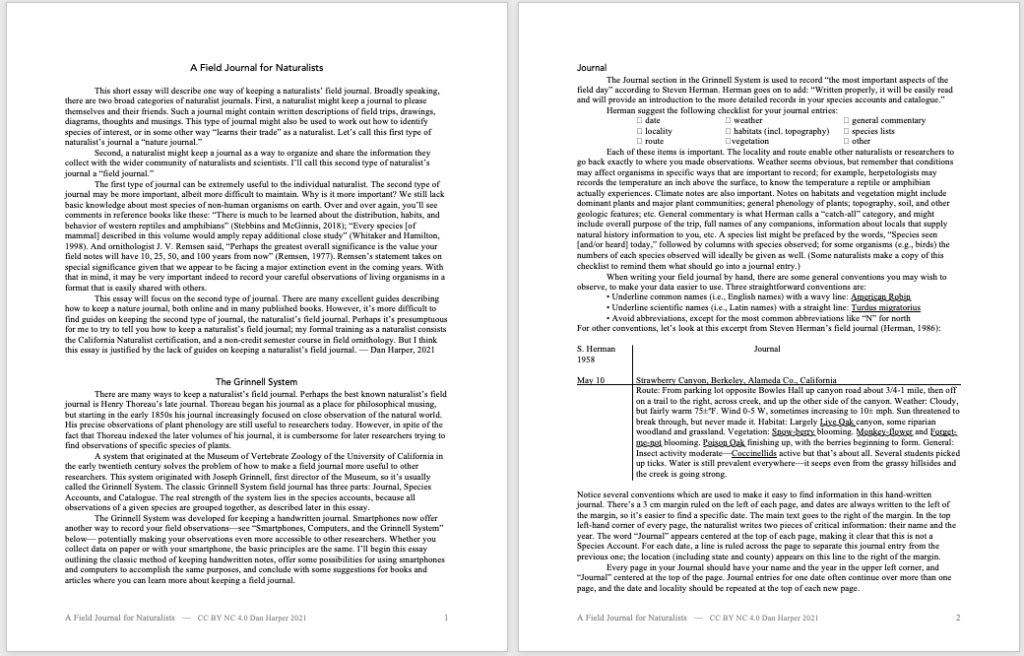
Prince Philip, the U.K. royal who died recently, was known for his commitment to environmentalism. Religion News Service reports that in 1990, Prince Philip compared Neo-paganism and the Abrahamic religions:
[Prince Philip said the] “ecological pragmatism of the so-called pagan religions” was “a great deal more realistic, in terms of conservation ethics, than the more intellectual monotheistic philosophies of the revealed religions.”
Though this statement proved controversial at the time, I have to say he was absolutely correct. In fact, I’d say it’s still pretty much true.
Here’s another environmental threat to keep you up at night:
“Nitrogen deposition and pollution is [a] more acute threat than climate change. … [But] few people are paying attention.” — Dr. Stuart Weiss, Chief Scientist of Creekside Science.
Weiss’s key paper on Bay Area nitrogen deposition, written while he was at Stanford, has a great title: Cars, Cows, and Checkerspot Butterflies: Nitrogen Deposition and Management of Nutrient-Poor Grasslands for a Threatened Species (Conservation Biology, v. 13 no. 6, Dec. 1999, pp. 1476–1486).
I’m listening to Weiss talk to the California Naturalist class I’m taking right now. Weiss makes some interesting points: Smog does an amazing amount of damage, not only to human lungs but also to non-human organisms. Non-native grasses are big contributors to the increase in pollen in recent times. Free-range cattle on California grasslands can keep non-native invasive grass species under control, providing habitat for endangered species as well as reducing allergens.
For an adult class this evening, I made two video talks giving an overview of the Jataka tales. Links to the videos are below the fold. [talks removed from Youtube, sorry.] Also below the fold: text versions of both video talks.
The fourth and final installment in the Ecojustice Avenger series:
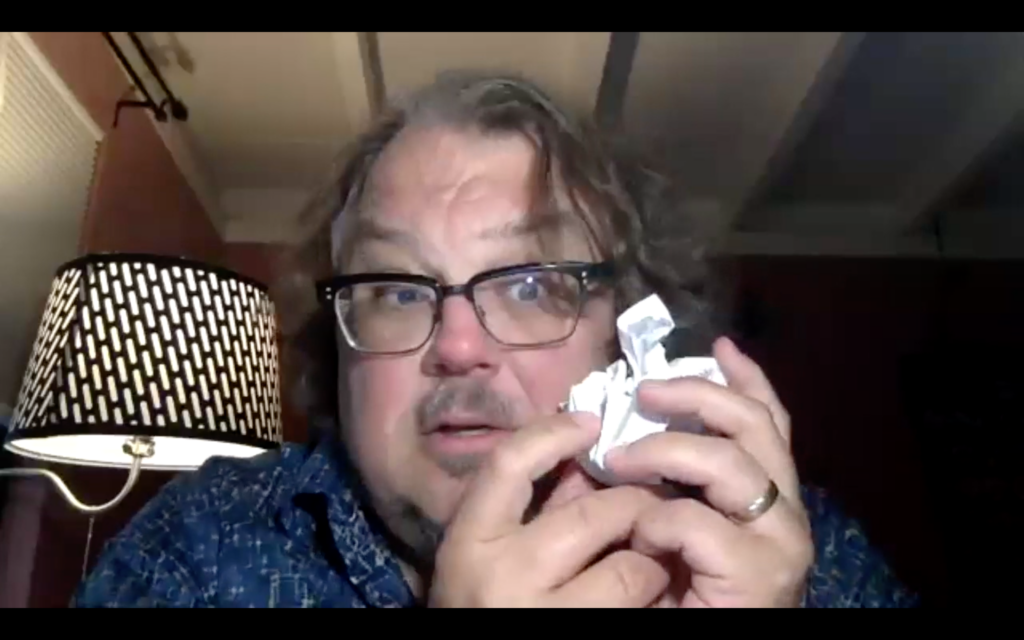
The BBC reports that scientists are expecting more pandemics like COVID-19. Why?
“Many scientists agree that our behaviour — particularly deforestation and our encroachment on diverse wildlife habitats — is helping diseases to spread from animals into humans more frequently. According to Prof Kate Jones from University College London, evidence ‘broadly suggests that human-transformed ecosystems with lower biodiversity, such as agricultural or plantation landscapes, are often associated with increased human risk of many infections’.”
In other words, COVID-19 is a result of environmental destruction and mismanagement. And those of us in the wealthier countries are especially culpable:
“The current crisis, Prof Eric Fevre [from the University of Liverpool and the International Livestock Research Institute in Nairobi, Kenya] said, provides a lesson for many of us about the consequence of our own impact on the natural world. ‘All of the things we use and take for granted — the food we eat, the materials in our smart phones; the more we consume, the more someone will make money by extracting them and moving them around the world. So it’s incumbent on all of us to think about the resources we consume and the impact it has’.”
The third installment of the Ecojustice Avenger video series:
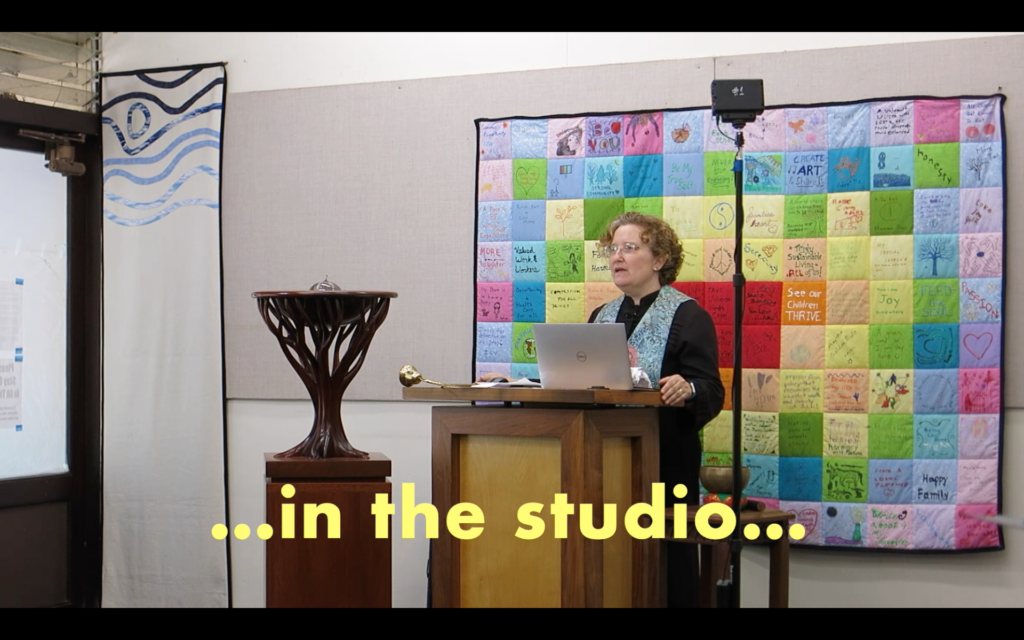
It’s been interesting watching to see what online religious education resources people actually use. How-to craft videos? Single digits for number of views. Read-aloud programs? Low double digits, if I’m lucky. It’s not a great return for my invested time.
But what about “Story for All Ages” videos that are included in the Sunday service? We typically get over a hundred log-ins to our Zoom worship services, probably representing 1.5 humans on average, and posting on other social media (Facebook Live, Youtube) might add 10-30 views to the total. Plus a lot of informal positive feedback. These videos are definitely a better return for the time I invest, and as a result that’s what I’ve been concentrating on recently.
Since the “Story for All Ages” gets the largest audience, I thought maybe I’d try a tie-in video. The current “Story for All Ages” video series is about the conflict between Ecojustice Avenger and a dastardly villain named Trashman. The Ecojustice Avenger videos have a 12 second jingle, and after two episodes some kids had memorized all the lyrics to the jingle. That inspired me to expand that 12 second jingle to a full 1:41 music video, with videography inspired by Nam June Paik:
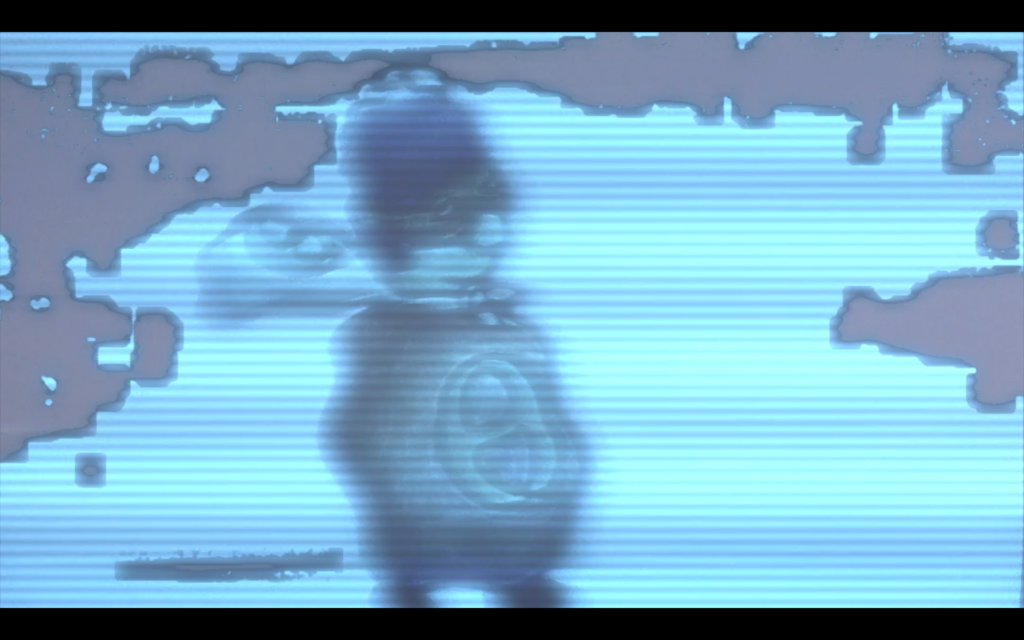
Will this reach kids? Maybe…probably not. But doing religious education in the age of COVID-19 requires constant experimentation until we discover what we can do that will reach kids.
The second installment in the Ecojustice Avenger series:
